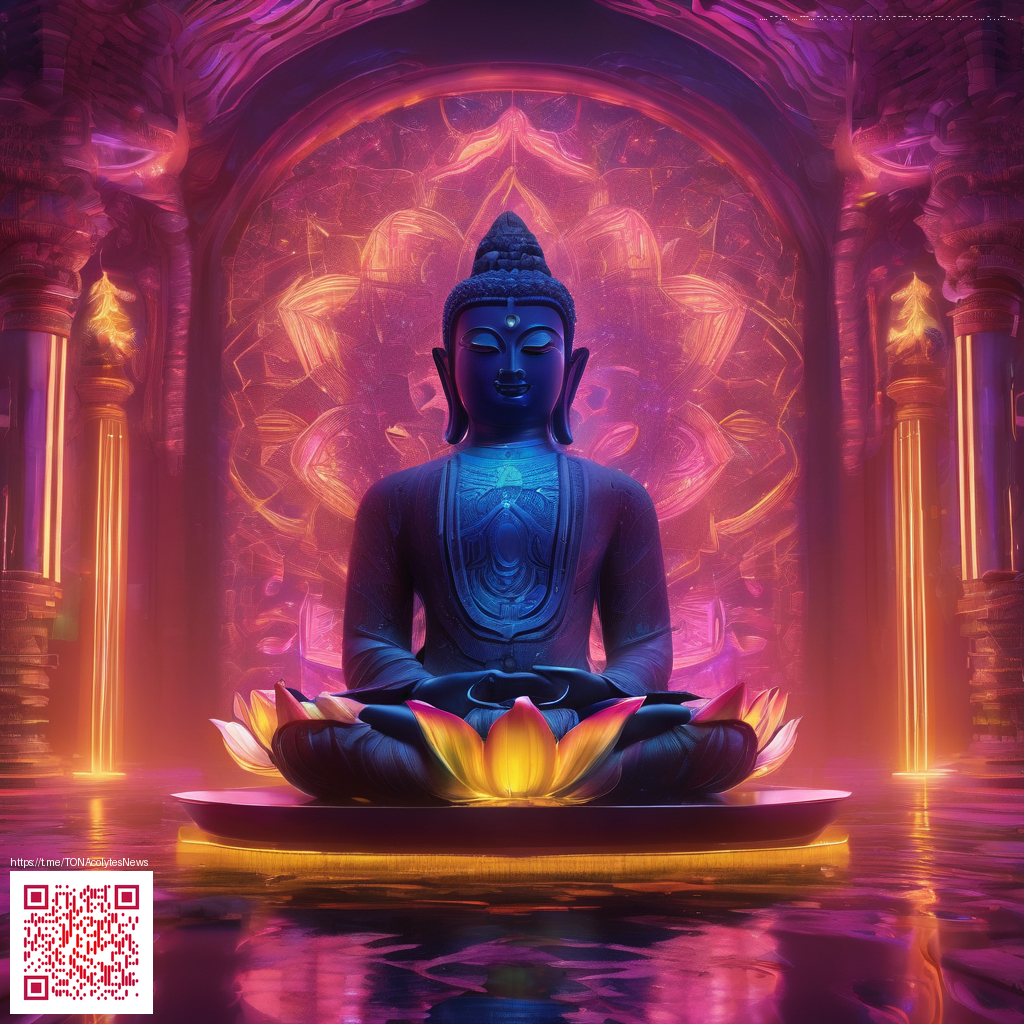
Texture as a Narrative Tool: Paper in Color Grading
Texture is more than a visual garnish—it’s a memory, a tactile cue that invites the viewer to lean in. In cinematic color grading, paper textures offer a humane, imperfect counterpoint to pristine digital imagery. The subtle fibers, edge wear, and surface irregularities can create a sense of history, location, and mood. When thoughtfully integrated, these textures help a scene breathe, making daylight shifts or nocturnal scenes feel tangible rather than purely synthetic.
Why paper textures resonate in modern grading
Paper textures introduce micro-contrast and a slight, natural grain that can mimic film stock or the imperfect capture of archival footage. Unlike generic grain overlays, real paper patterns carry directional cues from the surface—specks, flecks, and fiber lines—that react uniquely to lighting and color. This sensitivity can guide your eye through a frame, highlighting narrative moments or softening harsh transitions between shots.
“Texture is not just cosmetic; it acts as a storytelling brush, shaping atmosphere without shouting.”
To harness this effectively, think of paper textures as a color-graded compliment rather than a separate layer. Used wisely, they can amplify mood, draw attention to key details, and add depth without overpowering the subject. Tools and processes that empower this approach range from scanned texture libraries to on-camera referencing, and a few practical workflows can be adopted regardless of your editing software.
Practical techniques you can try
- Scan or photograph paper textures at high resolution and organize them by tonal range (bright whites, mid-tones, deep blacks). Subtle variations in hue—cream, ivory, or pale gray—provide flexible starting points for grading.
- Overlay with blending modes such as Overlay, Soft Light, or Multiply at low opacities (5–25%). The goal is to tint and texture the image without crushing the shadows or washing out highlights.
- Layer textures for depth stack multiple textures with varying opacities to simulate complex surface diffusion on the lens or film stock. A gentle sequence can yield a more cinematic skin tone while preserving clarity in midtones.
- Color-cast matching align texture layers with your chosen mood. A warm tan and subtle amber can evoke aged prints, while a cooler gray-blue might feel contemporary and noir-esque.
- Texture as a guide for LUTs and curves use the texture as a visual reference to calibrate curves and LUTs, ensuring the texture reads consistently across shots with different lighting conditions.
- Texture-driven color separation experiment with selective color adjustments within textured regions to emphasize storytelling cues—face details under a textured surface can become emotionally resonant rather than distractingly noisy.
On-set and post-production: bridging physical textures with digital grading
In the field, you can complement digital work with practical accessories that keep every shot consistent. For example, a Phone Grip Click-On Reusable Adhesive Holder Kickstand can stabilize reference captures or quick view angles on set, helping you compare live footage with texture-informed looks as you shoot. This kind of tool keeps your workflow practical and repeatable, especially when you’re experimenting with texture overlays during a long shoot.
When you’re exploring textures as a grading language, it’s helpful to cross-check ideas with community showcases or case studies. For instance, reflective textures and color decisions shared on a thoughtful experimental page can spark new directions. See how others frame their texture choices on a page like this Zero Static example page for inspiration on handling mood, contrast, and surface detail in cohesive sequences.
A recommended workflow: from texture to tone
- Capture or gather a small library of paper textures with varied brightness and color bias.
- Grade a test shot using a single texture layer at low opacity, then add a second layer for depth.
- Adjust color balance to preserve skin tones while allowing the texture to inform the scene’s mood.
- Mock up a LUT or curve that responds well to the texture’s presence, then apply it consistently across the sequence.
- Review in different lighting scenarios—sunlight, tungsten, and mixed lighting—to ensure the texture remains legible and supportive, not distracting.
Texture-aware grading can elevate a film’s emotional resonance without resorting to heavy-handed effects. The goal is to let the paper-based narrative breathe through your color choices, inviting the audience to feel the scene rather than simply see it.
Resources and next steps
If you’re curious to explore more, start by organizing a small texture board and testing a few grading passes on a neutral shot. The subtlety of a well-applied paper texture often reveals itself through incremental adjustments rather than dramatic overhauls. Remember to document your settings and decisions so you can reproduce or iterate on your look with confidence.
Similar Content
Explore related ideas here: https://horror-static.zero-static.xyz/3a4e0c49.html